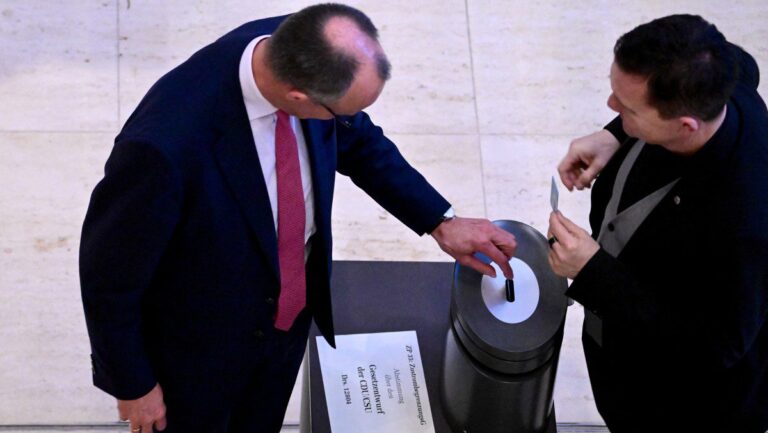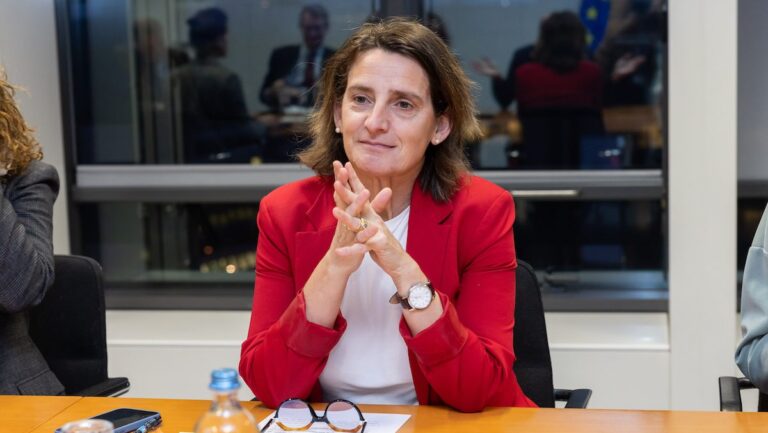The World Health Organization has published guidelines on how healthcare systems may work to further facilitate the termination of unborn children’s lives.
“Being able to obtain a safe abortion is a crucial part of healthcare,” said the UN health agency’s director for Sexual and Reproductive Health and Research, Craig Lissner.
Lissner argued that, in order to render abortion safer, it should also be rendered easier to obtain. “Nearly every death and injury that results from unsafe abortion is entirely preventable … That’s why we recommend women and girls can access to abortion and family planning, when they need them.”
Mistaking itself for an organization of ethicists, sociologists, or moral philosophers, the WHO has determined that the only issue at stake in abortion is medical, and that social and policy structures based on non-medical considerations are irrelevant. It therefore recommends the removal of “medically unnecessary policy barriers to safe abortion, such as criminalization, mandatory waiting times; the requirement that approval must be given by other family members, or institutions; and limits on when during pregnancy, an abortion can take place.” This last point, with its sweeping scope, is something of a novelty.
Dr. Bela Ganatra, Head of WHO’s Prevention of Unsafe Abortion Unit, added that medical safety is important, but “not enough … abortion care needs to respect the decisions and needs of women and girls, ensuring that they are treated with dignity and without stigma or judgement.” She goes on to specifically condemn police action, but by citing “stigma or judgement” this WHO representative seems to have again confused the organization for a legitimate cultural and moral arbiter.
The possibility that radically facilitated abortion, including late in the pregnancy and more frequent abortions, may lead to an increase in attendant medical risks, or that abolishing waiting periods may lead to more women undergoing the procedure and regretting it later, are either ignored or thoroughly deemphasized, raising the question of whether the woman’s wellbeing is being considered holistically.






